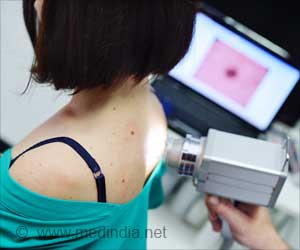
‘Stethoscopes can be cleaned using a combination of 90% ethanol, isopropyl alcohol (IPA), and chlorhexidine. It will help reduce the bacterial contamination of the stethoscope.’
Tweet it Now
Standard cleaning methods do not eliminate the problems. Practitioner stethoscopes are contaminated by a plethora of bacteria, including organisms that may be associated with nosocomial infections.The researchers found that all stethoscopes used in the ICU were significantly contaminated with a variety of pathogens. The highest bacterial contamination levels were found on practitioner stethoscopes,followed by patient-room stethoscopes. Bacterial contamination levels on clean stethoscopes and background controls were indistinguishable from each other.
Speaking about this, Padma Shri Awardee, Dr. KK Aggarwal, President, HCFI, the instrument, both patients and healthcare workers may not take it as a transmitter of bloodborne pathogens or a vector of infection. However, the truth is far from this. Some of these pathogens include Staphylococcus aureus, Pseudomonas aeruginosa, Clostridium difficile, and vancomycin-resistant enterococci.
These are responsible for many diseases such as pneumonia, urinary tract infections (UTIs), and skin infections, some of which can be life-threatening. Patients and at times, even hospital staff, fail to follow certain basic hygiene protocols which can go a long way in preventing these infections. This is further exacerbated by the fact that there is no specific documentation of HAI incidence.
Studies have also concluded that the diaphragm of the stethoscope is more contaminated than other regions of the hand, including the skin around the base of the thumb and little finger, or the back of the hand.
Advertisement
Some tips from HCFI
Advertisement
Source-Medindia













